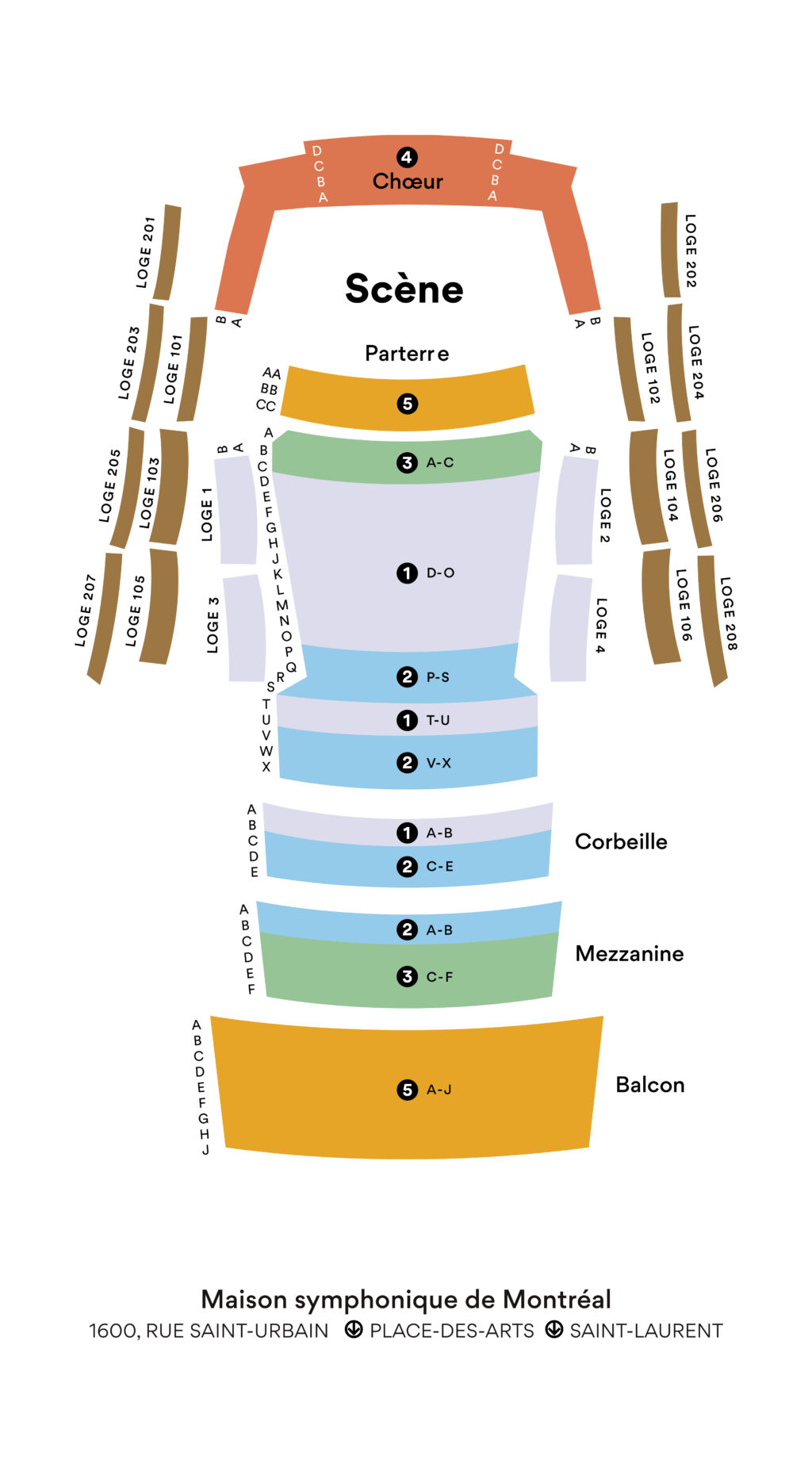Don Juan
Strauss
1864 – 1949
With the discovery of the ruins of Pompeii and Herculaneum, and a revival of interest in the vestiges of antiquity, Italy became a mandatory stop on the Grand Tour, a long journey through Europe customarily undertaken by aristocratic and upper-class young men (and a few rare young women) to complete their education. Many literary figures ventured on such journeys: Goethe, Byron, Nietzsche… As for musicians, Mendelssohn, who was born into a wealthy and cultured family, embarked on his own Grand Tour in 1830, spending ten months in Italy. Berlioz, Gounod, and Debussy, all laureates of the prestigious Prix de Rome, sojourned at the Villa Medici. And the great traveller and mystic Franz Liszt spent the final years of his life in Rome, in the shadow of the Vatican.
While Richard Strauss (1864–1949) was neither an aristocrat nor a wealthy bourgeois, he was gifted with many blessings from his earliest years. The son of Franz Strauss—a renowned horn player in the Bavarian Court Orchestra and Bayreuth Festival Orchestra conducted by none other than Wagner—Richard Strauss demonstrated prodigious gifts beginning in childhood. Brought up in the school of Haydn, Mozart, Schubert, and Brahms, only later did he come under the influence of Liszt and Wagner. But after that, his course was set to embrace the symphonic poem and opera. A student of the great Hans von Bülow, Richard Strauss also became a distinguished conductor.
Strauss recounts in his memoirs that it was his father who funded his first trip to Italy, in 1886. Stops included Verona, Bologna, Rome, Naples, and Florence. This excursion inspired Aus Italien (From Italy), his first attempt at a symphonic poem, whose premiere he conducted in Munich, on March 2, 1887. Based on the principle that new ideas must take on new forms and following the example of Liszt’s symphonic works, Strauss set about developing his own works in the same vein. And while this first incursion into the new form still closely adhered to the model of the Classical symphony, it prefigures, nevertheless, future masterpieces such a Don Quixote and Thus Spoke Zarathustra.
